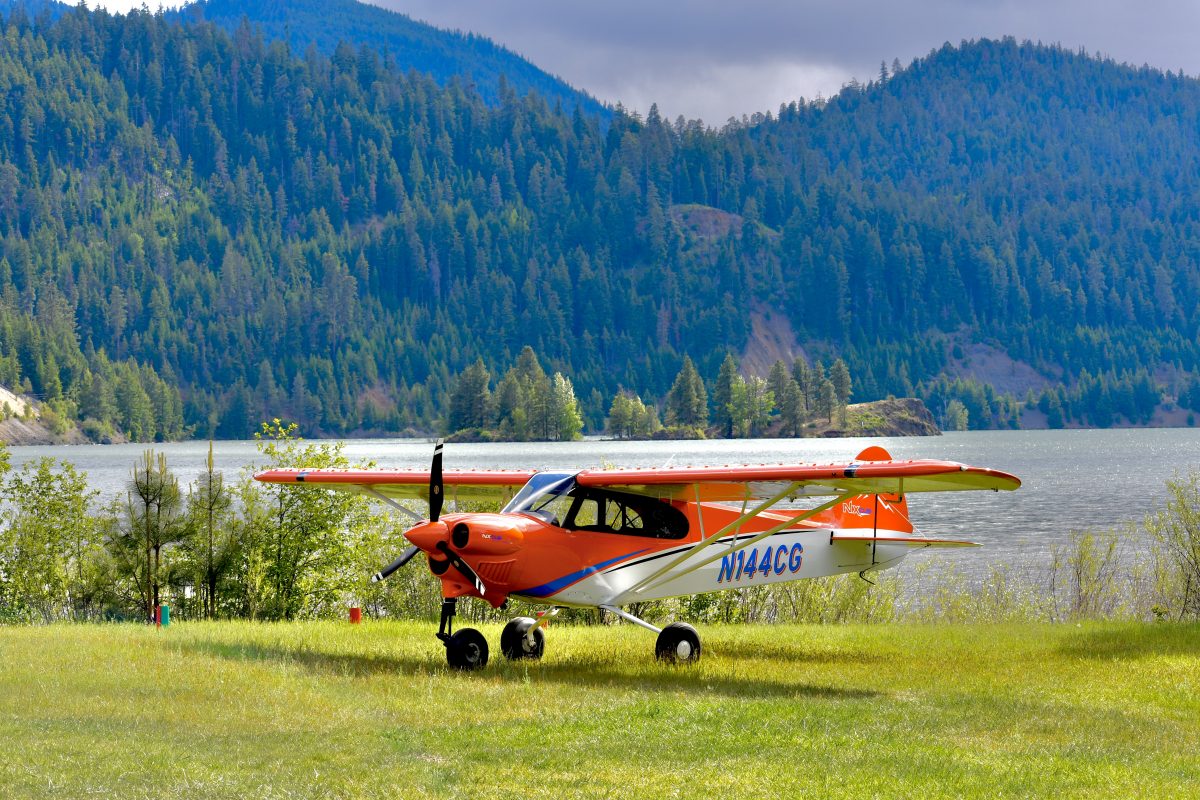
With its crisp air, clear skies, and colorful foliage, fall is arguably the best season for general aviation flying. However beautiful it may be, the transition to autumn also brings a unique set of challenges and safety concerns for pilots.
To help you prepare for a safe fall season, keep these tips in mind:
You’ve probably heard the saying: Preflight like your life depends on it, because it does! Even on those perfect fall flying days when you can’t wait to get in the air, it’s important to take the time to complete a thorough preflight inspection.
Preflighting your aircraft includes inspecting your aircraft propeller. Here are a few pointers to keep in mind:
You can also check out Hartzell’s helpful maintenance videos with preflighting tips for both aluminum and composite airplane propeller blades.
That chill in the air means it’s time to start thinking about preheating your aircraft engine — not only to ensure smoother, safer takeoffs but also to protect the life of your engine.
The best way to uniformly heat-soak your entire aircraft engine is by using a multi-point aircraft preheating system, which is standard on all Tanis preheat systems. Other preheating systems simply warm the aircraft’s oil pan, which may not provide enough clearance between critical metal parts to provide adequate lubrication.
When is it cold enough to begin preheating your aircraft engine? Generally speaking, preheating is recommended for aircraft engines that have been cold-soaked to a temperature at freezing or below, but you should always check your engine manufacturer’s recommendations. According to Tanis, many customers choose to preheat when the outside temperature drops below 50°F/10°C to ease startup, prevent wear and tear on their engine, and reduce run-up times.
Last but not least, the changing seasons mean pilots need to be aware of reduced daylight hours and plan accordingly. As a reminder, the clocks will fall back on November 5, 2023, and the sun will set earlier in the evening. You’ll need to be night current to carry passengers, so log those takeoffs and landings in advance.
What are you looking forward to this fall flying season? Share your favorite fall destinations, photos, or videos with us on Instagram or Facebook.